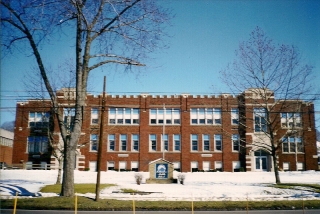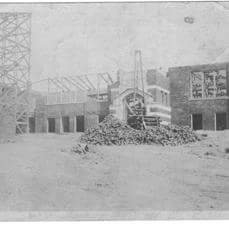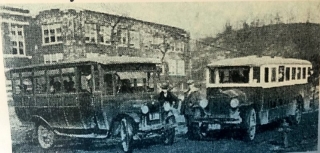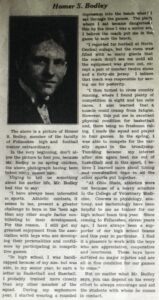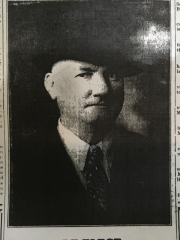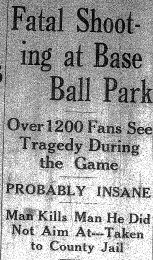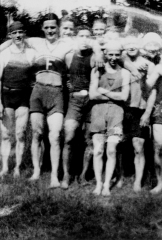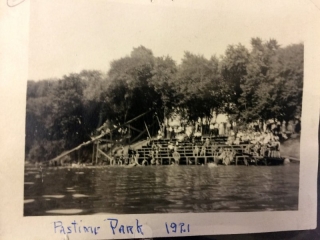On July 17, a deadly gun battle broke out between miners and mine guards at the Richland Coal Company’s Mine at Cliftonville up Cross Creek. Official reports put the dead at nine, however, later research indicates that the death toll might have been higher. Brooke County Sheriff, Harding H. Duval, was among those killed. All other deaths were union miners.
Events began on July 16 when striking miners met at the union hall in Avella, Pa. Determined to rid non-union workers, the men marched four miles to the Cliftonville mine. Responding to word of the assault, Duvall and 20 deputies joined the company guards at the mine. The strikers burned the tipple. “In the aftermath, 216 men were indicted, 78 of them for murder.” The charges were reduced or dropped as the trials progressed. Thirty men were sentenced to various short terms in prison.
During the trials, a number of Follansbee residents served as jury members or tentative jurors including: Benjamin Coombs, electrician, Fred Lantz, mill worker, and George Park, hardware merchant. Area Italian organizations asked the Italian consular agent for West Virginia, Attorney B. Merendino, to arrange bonds for the Italian miners.
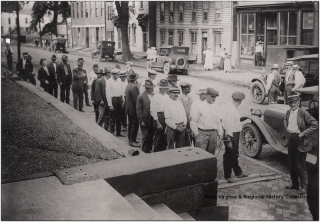
Hand cuffed minors taken to jail in Wellsburg
- See “Cliftonville Mine Battle,” http://www.wvencyclopedia.org/articles/1312
- Steubenville Herald Star, “Jury Views Spot Where Many Died,” October 25, 1922, front page.
- Follansbee Review, “Miners Fire The Tipple,” July 21, 1922, front page.
- Follansbee Review, “Charges of First Degree Murder Against 78 Men,” Aug. 18, 1922, front page.
